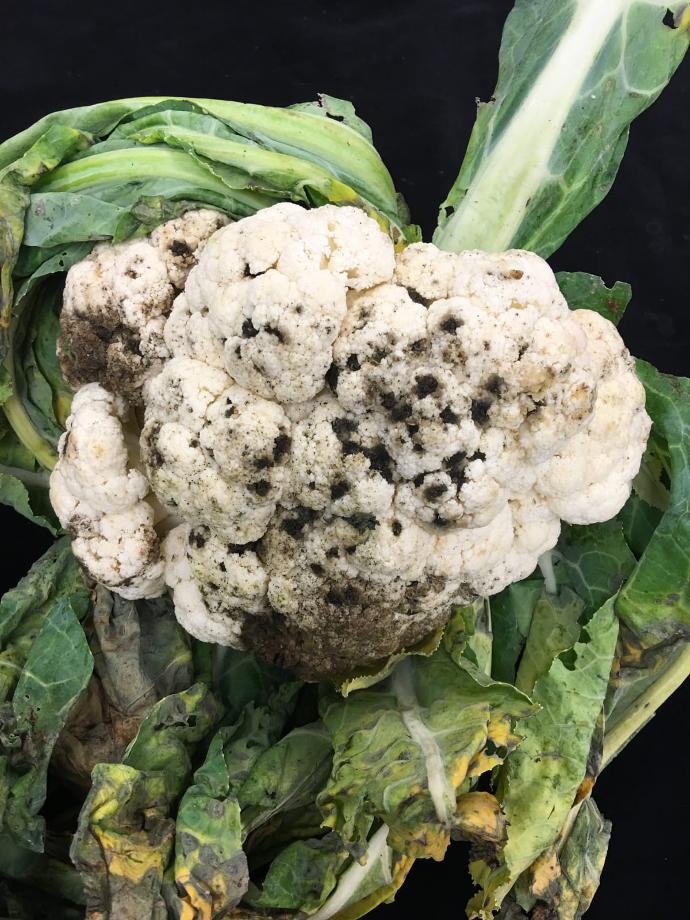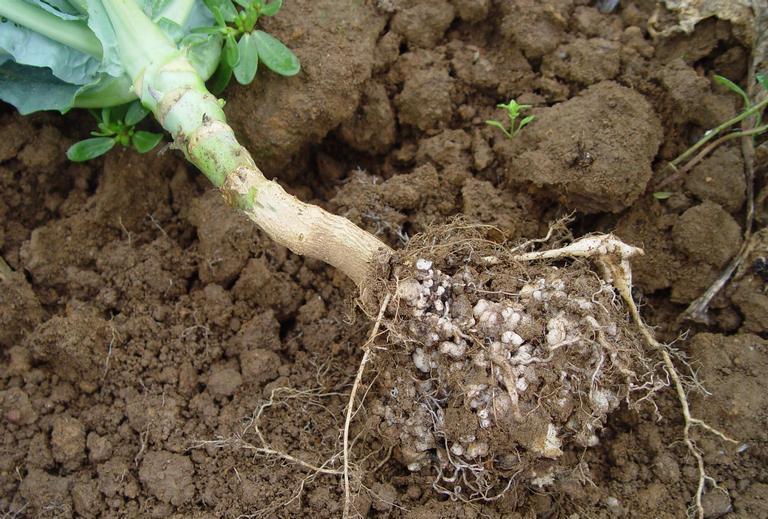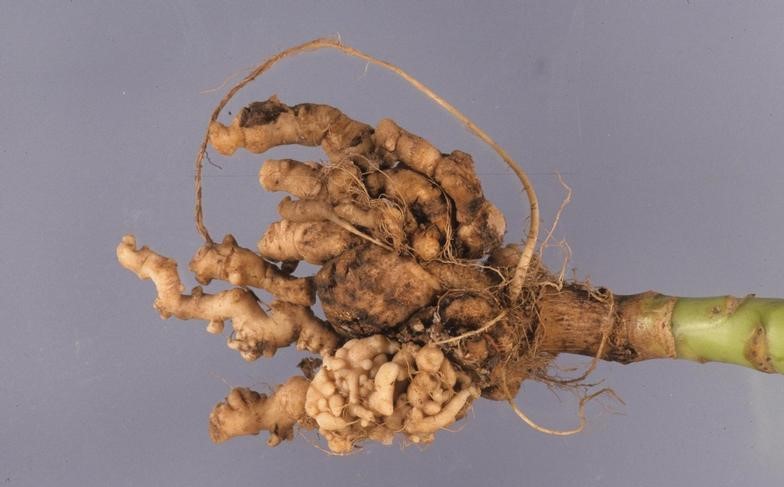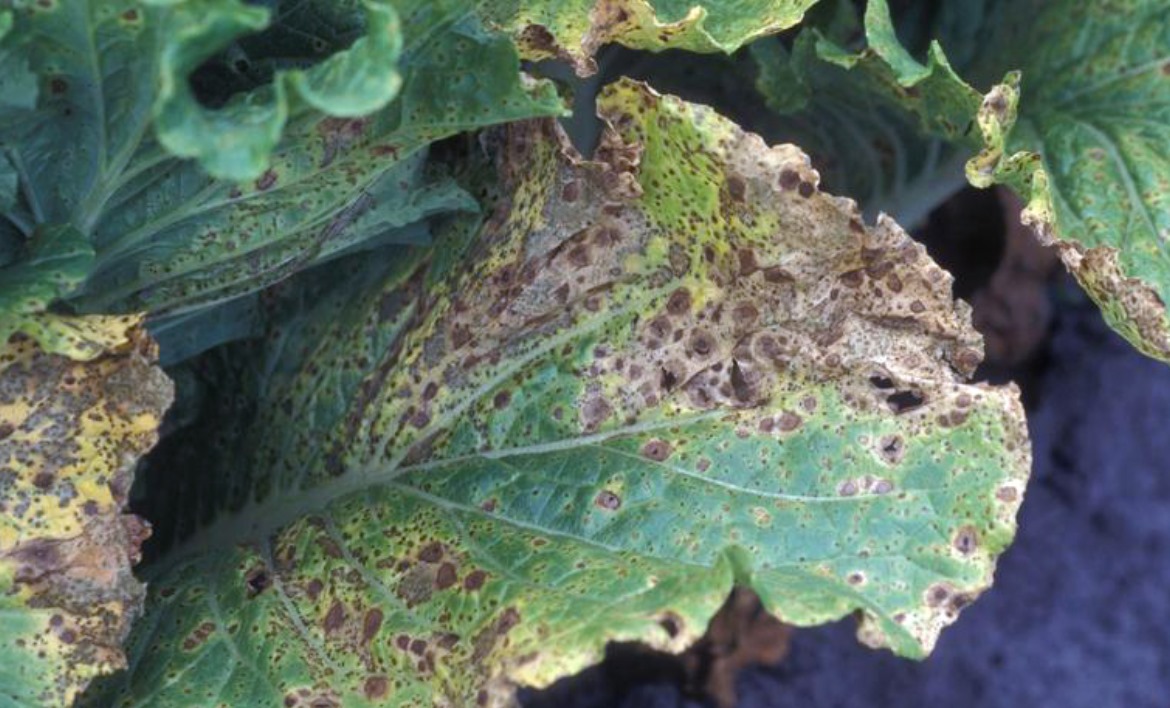Cauliflower Plant
Cauliflower is an annual, 18-36 inches tall, and frost-tolerant. It prefers well-drained, fertile soil in full sun. Keep the soil moist. Cauliflower is edible but not medicinal.
Habit
Annual
Height
30-70 cm
Growth
Moderate
Soil
Well Drained, Fertile
Shade
Full Sun
Moisture
Moist
Edible
Yes
Medicinal
No
Origin
Mediterranean
Climatic Condition
Temperate
Temperature (°)
15 to 25°C
Humidity (%)
50-70%
Potting media
Organic compost, mulch
Fertilizers
NPK 5:10:10
Watering
Regular, deep watering
Plant Weight
500-2000 grams per head
Flowering Time
70-100 days after planting
Soil Ph level
6.0 - 7.5
Water Ph level
6.0 - 7.5
Soil EC
1-2 dS/m
Yield Per Plant
300g -750 kg per plant
NPK ratio
10:10:10
life Span
Biennial
Health Benefits
High in fiber, vitamin C, cancer-fighting compounds
Suggested Grow Media or Potting Mix ?
40% compost, 30% peat moss, 30% perlite
Suggested Fertigation/Fertilizers
Fertilize every 2 weeks with a balanced, water-soluble fertilizer.
Common Diseases and Remedies
Club root of crucifers , Alternaria leaf spot
Swelling of root and root lets , Linear spots with dark concentric rings
Neem oil , Neem Seed Kernel Extract
HEALTH BENEFITS
· Rich in Antioxidants: Protects cells from damage.
· Improves Digestion: Contains fiber that aids in bowel movements.
· Regulates Blood Pressure: High in potassium, which supports heart health.
What Is An Cauliflower Tree?
The cauliflower plant (Brassica oleracea var. botrytis) is a vegetable plant in the cruciferous family, which includes cabbage, broccoli, and kale. It is grown for its edible white, green, or purple compact heads known as curds or "cauliflowers." The head consists of an underdeveloped flower bud, surrounded by thick leaves. Cauliflower is a cool season crop and is usually grown in temperate climates. It is highly nutritious, low in calories, and can be prepared in a variety of ways, including steaming, frying, and sautéing.

What Are The Different Types Of Cauli flower Plants?
1. White Cauliflower
The most common variety with a creamy white head. It has a mild taste and is suitable for a variety of dishes.
2. Purple Cauliflower
Purple Cauliflower has bright purple or purple cards. It contains anthocyanins, which are antioxidants that are responsible for their characteristic color. It has a slightly sweeter taste compared to white cauliflower.
3.Orange Cauliflower
Also known as "cheddar" cauliflower, this variety has bright orange curds. It is rich in beta-carotene, which gives it a bright color. It has a slightly sweeter taste than white cauliflower.
4. Green Cauliflower
Also known as "Romanesco," green cauliflower has a striking appearance with lime green spiral curds. It has a nutty flavor and crunchy texture similar to broccoli.
5. Broccoflower
Broccoflower is a hybrid between broccoli and cauliflower that resembles broccoli florets but has green curds shaped like cauliflowers. It has a gentle flavor that is a mix of cauliflower and broccoli.

1. Location
Cauliflower plants are usually grown in areas with cool temperatures and mild climates. Grows in plenty of sunlight and well-drained soil. Cauliflower can be grown in many different places around the world, but it is commonly grown in temperate regions such as North America, Europe, and parts of Asia. Specific growing conditions may vary depending on the cauliflower variety and local climatic factors.
2.Sunlight
Cauliflower plants require sufficient sunlight to grow and develop properly. Typically, they require at least 6 hours of direct sunlight per day to grow. Adequate sunlight promotes healthy leaf growth and helps the plant form large, firm heads. In areas with hot climates, providing shade during the hottest parts of the day can prevent plants from becoming stressed and germinating prematurely.
3. Soil
Cauliflower plants prefer well-drained soil that is rich in organic matter. Loamy soil with high fertility and a slightly acidic to neutral pH (approximately 6.0 to 7.0) is ideal for growing cauliflower. Adding compost or aged manure to the soil before planting will improve soil structure and nutrient content. Cauliflower plants are sensitive to water stress and are prone to root rot if the soil is too wet for too long, so it's important to make sure the soil is always moist and not soggy.
4.Hydration
Hydration is very important for cauliflower plants, especially during active growth. Although cauliflower plants prefer constantly moist soil, it is important to avoid overwatering as this can cause root rot and other problems. Water the plant deeply and thoroughly, making sure the soil is evenly moist but not waterlogged. Generally, cauliflower plants require about 1 to 1.5 inches of water per week, either from rainfall or by hand watering. Putting mulch around your plants will help retain soil moisture and regulate temperature. Regularly monitor soil moisture levels and adjust irrigation based on environmental conditions and plant growth.

5.Nutrition
Fertilization: Cauliflower plants benefit from regular fertilization to ensure they receive essential nutrients, phosphorus and potassium to support vigorous growth and the development of a large, firm plant head. . Mulching around cauliflower helps conserve soil moisture, suppress weeds, and regulate soil temperature.
6. Problems
Cauliflower plants can be susceptible to pests such as cabbage bugs, aphids, flea beetles, and cabbage loopers. Monitor your plants regularly for signs of pest infestation, including: B. chewed on leaves and holes. Cauliflower plants can be susceptible to diseases such as cabbage root, black rot, downy mildew, and powdery mildew. To reduce the risk of soil-borne diseases, practice crop rotation and avoid planting cauliflower in the same location year after year. Provide adequate spacing between plants to promote air circulation and reduce humidity, which can promote fungal diseases. To control fungal infections, apply fungicides prophylactically or as soon as symptoms appear. Bolting: Cauliflower plants may sprout prematurely or produce flower heads in response to stress factors such as temperature fluctuations or lack of water.
What are the Benefits of Cauliflower ?
Nutrient-rich: Cauliflower is low in calories but rich in essential nutrients such as vitamins C, K, B6, folate, potassium, and fiber.
Antioxidant Properties: Cauliflower contains a variety of antioxidants, including vitamin C, beta-carotene, and quercetin, which protect cells from free radical damage. Antioxidants play a role in reducing the risk of chronic disease and promoting longevity
Anti-inflammatory effects: Some compounds found in cauliflower, such as sulforaphane and indole-3-carbinol, have anti-inflammatory properties. Eating cauliflower regularly can reduce inflammation in the body associated with various health conditions such as arthritis and heart disease.

FAQs About Growing Cauliflower plants?
1.Is cauliflower easy to grow?
2.Can I freeze cauliflower?
Yes, cauliflower can be blanched and then frozen for longer-term storage. After blanching, cool the cauliflower in ice water, drain thoroughly, and then package it in airtight containers or freezer bags before freezing.
3.What are some common cauliflower varieties?
White cauliflower is the most commonly available variety, but there are also orange, purple, and green varieties. Romanesco cauliflower has a unique spiral shape and is light green in color.
4.Why does cauliflower sometimes turn brown when cooked?
Cauliflower contains natural compounds that can react with heat and turn brown when cooked. To minimize browning, avoid overcooking and cook cauliflower until just tender.
5.Is cauliflower a good substitute for grains or legumes?
Yes, cauliflower can be used as a low-carb substitute for grains like rice or couscous and legumes like chickpeas. Cauliflower rice and cauliflower mash are popular alternatives for those following low-carb or grain-free diets.



